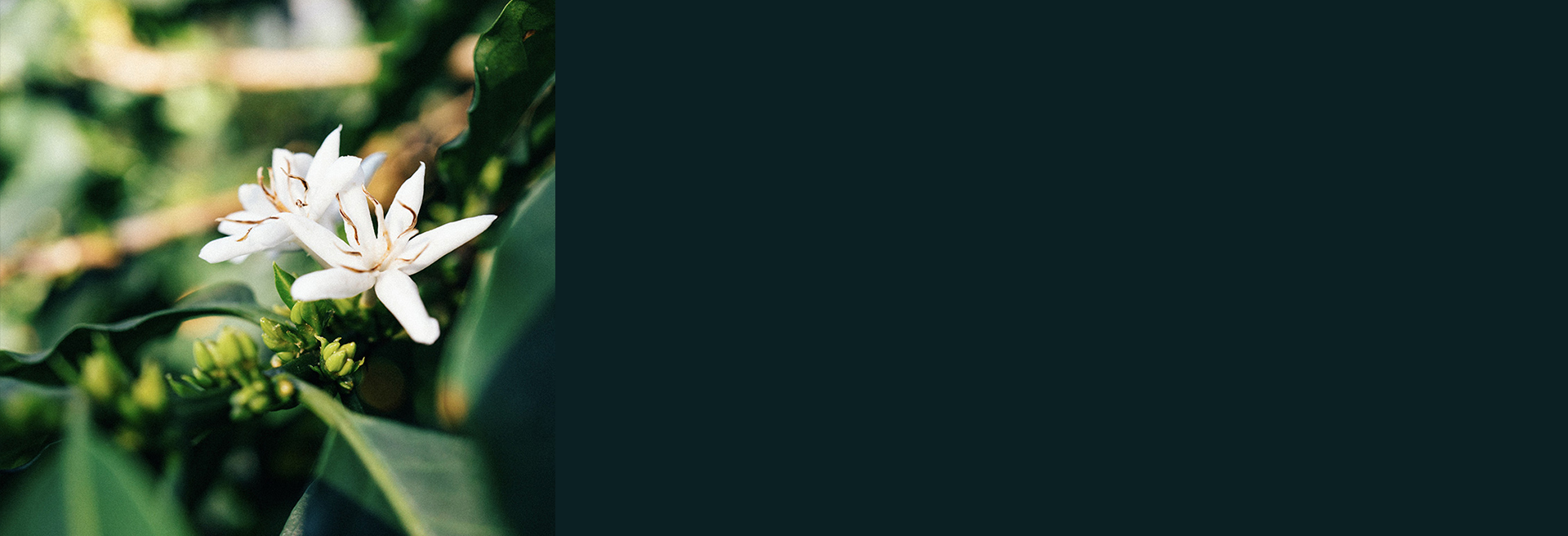Indonesia
Aromanis, Java - Indonesia
250g
*Terroir Best Lot*
Anaerobic Fermentation Microlot
QUALITY SCORE: 89.50
Cup Notes
Jackfruit / Mango / Blackberry / Dried Plum
Suggested for espresso and filter
when we roast
We freshly roast to order all coffees on Monday, Wednesday and Friday (excluding national holidays), and ship the same day! Cut-off time is 11:59pm (UTC+1) of the day before the roast day. *We only ship whole beans*
Details
- Producer
- Several small farmers
- Country
- Indonesia
- Terroir
- South Bandung – West Java
- Altitude
- 1400 - 1600 mt
- Process
- Anaerobic natural
- Arabica cultivar
- Typica, Catimor, Lini-s
- Picked in
- May 2019
- Arrived in
- October 2019
- Shipped in
- Jute + GrainPro
- Roast profile by
- Rubens Gardelli
- Roasted on
- Customised solid-drum roaster
THE STORY BEHIND
West Java was where the earliest coffee plantations were established. The Dutch began coffee cultivation and exportation from Java in the 17th century. Agricultural systems in Java have changed considerably over time. A rust plague in the late 1880s killed off much of the plantation stocks in the Sukabumi area before spreading to Central Java and parts of East Java. The Dutch responded by replacing the Arabica firstly with Liberica and later with Robusta.
The Sundanese terroir is mountainous. It was very wooded and sparsely populated up until the 19th century. West Java is particularly fertile, it is an important agricultural area, considered the rice granary of Indonesia. In addition to rice crops, you will also find here large plantations of tea and fruit trees. The Sundanese traditionally live in small isolated hamlets; they have a very special relationship with nature.
Sourced from three mountains of South Bandung in West Java, this naturally processed Sunda beans immediately remind the farmers of cotton candy aroma when dried. Thus the name ‘Aromanis’ or ‘cotton candy’, which means ‘aromatic’ and ‘sweet’ in Bahasa.
THE VARIETY
CATIMOR
Catimor is a descendant of a cross between Caturra and Hybrido-de-Timor. Caturra is a natural mutant of the famous Bourbon variety. Thus, Catimor inherited the high yielding and superior quality attributes of Caturra and the resistance of Hybrido-de-Timor.
Catimor is a compact bush with vigorous vegetative growth suitable for high density planting and leaf rust resistant.
TYPICA
Typica originated from Yemeni stock, taken first to Malabar, India, and later to Indonesia by the Dutch. It later made its way to the West Indies, to the French colony at Martinique. Typica has genetically evolved to produce new characteristics, often considered new varietals: Criollo (South America), Arabigo (Americas), Kona (Hawaii), Pluma Hidalgo (Mexico), Garundang (Sumatra), Blue Mountain (Jamaica, Papua New Guinea), San Bernardo & San Ramon (Brazil), Kents & Chickumalgu (India)
S-LINE
Selection-Line includes the S795 and the S288 varieties. Balehonnur Coffee Research Station in India developed S795 by crossing Kent, a Typica sub-variety with S288, which is a naturally occurring Arabica-Liberica hybrid. S-Line varieties are widely planted in India and Indonesia.
S-Line is important for being one of the first strains of Arabica found to be resistant to coffee leaf rust disease. S-Line varieties are generally considered to have a rich cup profile.
THE FERMENTATION PROCESS
Dry process seems simple: pick the fruit, lay it out in the sun until it turns from red to brown to near-black, and then hull off the thick, dried outer layer in one step to reveal the green bean. It is a method suited to arid regions, where the sun and heat can dry the seed inside the intact fruit skin.
It's often referred to as "natural coffee" because of its simplicity, and because the fruit remains intact and undisturbed, a bit like drying grapes into raisins. Since it requires minimal investment, the dry process method is a default to create cheap commodity-grade coffee in areas that have the right climate capable of drying the fruit and seed.
But it’s a fail in humid or wet regions. If the drying isn't progressing fast enough, the fruit degrades, rots or gets covered with mould.
Dry-processed coffees can also be wildly inconsistent. If you want a cleanly-fruited, sweet, intense cup, dry process (DP) takes more hand labor than the wet process. Even the most careful pickers will take green unripe or semi-ripe coffee off the branch as they pick red, ripe cherry. If these are not removed in the first days of drying, the green turns to brown that is hard to distinguish from the ripe fruit.
As producers give increasing consideration to the effect of fermentation on the quality and profile of their coffee, they are adopting different and interesting techniques to their repertoires in order to diversify their offering. One method that is becoming more popular is fermenting coffee in a controlled anaerobic environment, meaning that the coffee is held in a vessel without any presence of oxygen for a part of the fermentation process.
After fermentation, the coffee’s processing, the cherries can be dried intact whole as in classic natural processing. The duration of drying will vary based on the drying area conditions.



